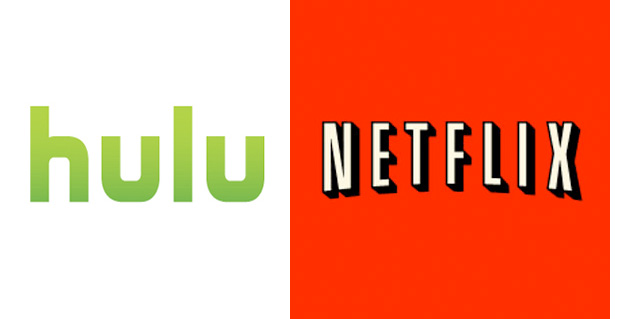 “Yo, where’s the movie playin’?
“Yo, where’s the movie playin’?
Upper west side, dude.
Well, let’s hit up Yahoo Maps to find the dopest route.
I prefer Map Quest.
That’s a good one, too.
Google Maps is the best.
True that.” (Lazy Sunday)
In early 2006 Lazy Sunday was the hottest video on the net. The funny hip-hop tune, written by the very white Andy Samberg and Chris Parnell became a huge viral hit. While 6.6 million watched it on the original airdate on NBC’s Saturday Night Live, about 5 million saw it in the following weeks on YouTube. NBC was shocked by the power of the net and had it removed. In the book of Genesis of online television, Lazy Sunday went down as the video which had changed traditional television forever: shortly after its huge online success YouTube was bought by Google for $1.6 Billion, which prompted NBC and Fox to co-found Hulu – the first online hub to feature free legal video content from two major broadcasters and over 100 other providers.
The teenagers who loved Lazy Sunday are now five years older. Some are in college, others are fresh graduates who are looking for a job in a market that took the worst hit since the Great Depression. However, there is nothing scarce in their world. They enjoy more music, television and film than previous generations. They know everything about their friends and celebrities. They are constantly communicating, creating and exchanging ideas – and they hardly pay for any of it.
In order to understand where the television market is headed, we need to look at its young consumers – the “Lazy Sunday generation” – who jump-kicked a revolution that is expanding as they get older and move into the 18-34 age group. These viewers consume television differently than their older siblings and parents.
According to a wide survey I had conducted among 189 people in that age group (mostly students at the University of Southern California), online television has become the most popular way for young viewers to follow their favorite shows. Even when young viewers have a cable subscription with over 100 channels and a DVR, online streaming sites are the most popular gateway for following specific shows. This finding held true across all ages (18-33), but the numbers were especially high in the 18-21 group, although most of them are students who enjoy free multichannel television at their USC university housing.
When it comes to your regularly watched shows, how do you usually view it? (Choose all that apply)
The survey also indicates that the option of watching television without a paid subscription is becoming more popular among young professionals. According to the results, a growing percentage of viewers does not subscribe to the any television provider. Four out of 10 people in the 27-33 age group did not pay for television— double the ratio in the general Los Angeles television market. Instead, these viewers watch television mainly through streaming sites like Hulu, Netflix and Surf The Channel. This behavior was dubbed as “cord-cutting”, although many of these viewers never had a paid television subscription to cut.
The cord-cutting discussion has been going on for few years. Cable and satellite providers insist that it is no more than a myth. However, many bloggers and tech experts disagree. Clearly, there is a need for more research in order to validate either side’s argument.
For now we should look back on other changes that were driven by young consumers. One shift that comes to mind is the plunge of phone landlines in the early 2000s. It started predominantly with college students who were inclined to give up the traditional phone service in favor of mobile phones. 10 years later, one in four American homes does not have a landline.
Lazy Sunday was aired in late 2005. In this dynamic billion-dollar market, only one thing is clear today. In the next 10 years the television conglomerates and new media entrepreneurs will be anything but lazy.
